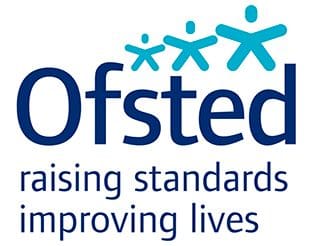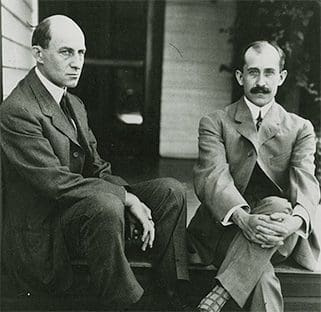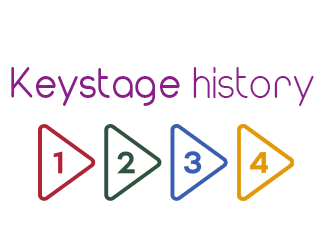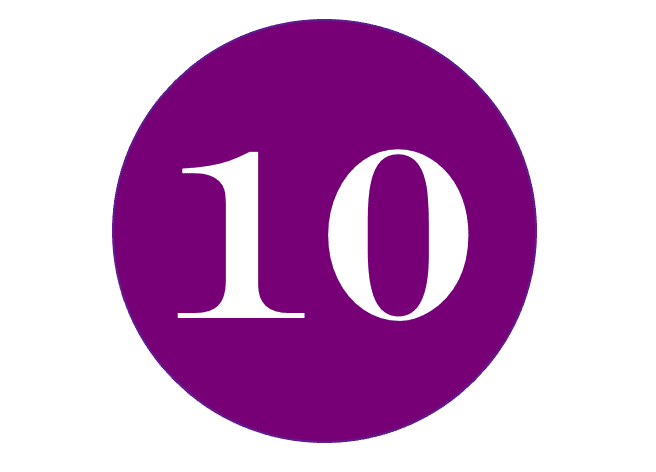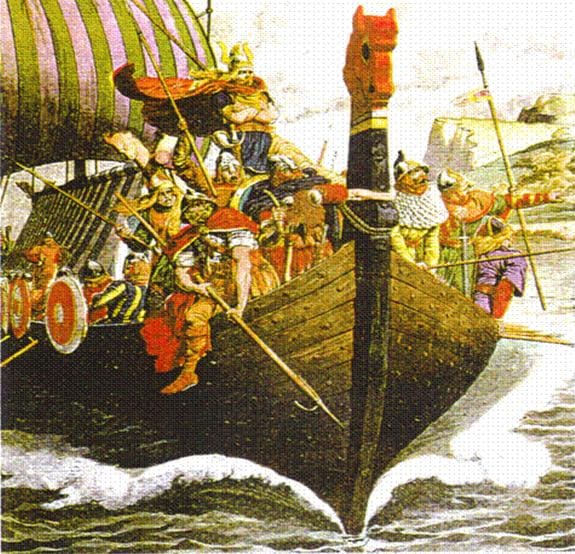
Place-name evidence is really important to historians studying the Vikings. Not only is there so much of it, it is also very descriptive and helps us with everyday Norse language when the written sources are so scarce.
We already know where to look for Viking place-name: the area called the Danelaw. We also know that many Viking settlements end in suffixes such as by or Thorpe or holm.
But are there any key messages that we need our children to know. Yes, and here are the main ones
- The place-names are often made up of a person’s name first and then the ending which describes the sort of settlement.
- These places probably contain the names of the earliest or most important Viking settlers
- Early settlers went for the better land. Places ending in ‘holm’ meant it was poor, wet, marshy land and tended to be settled later. The ending ‘by’, the most common Viking place name ending, means settlement whereas Thorpe means secondary settlement nearby and often on less good land.

